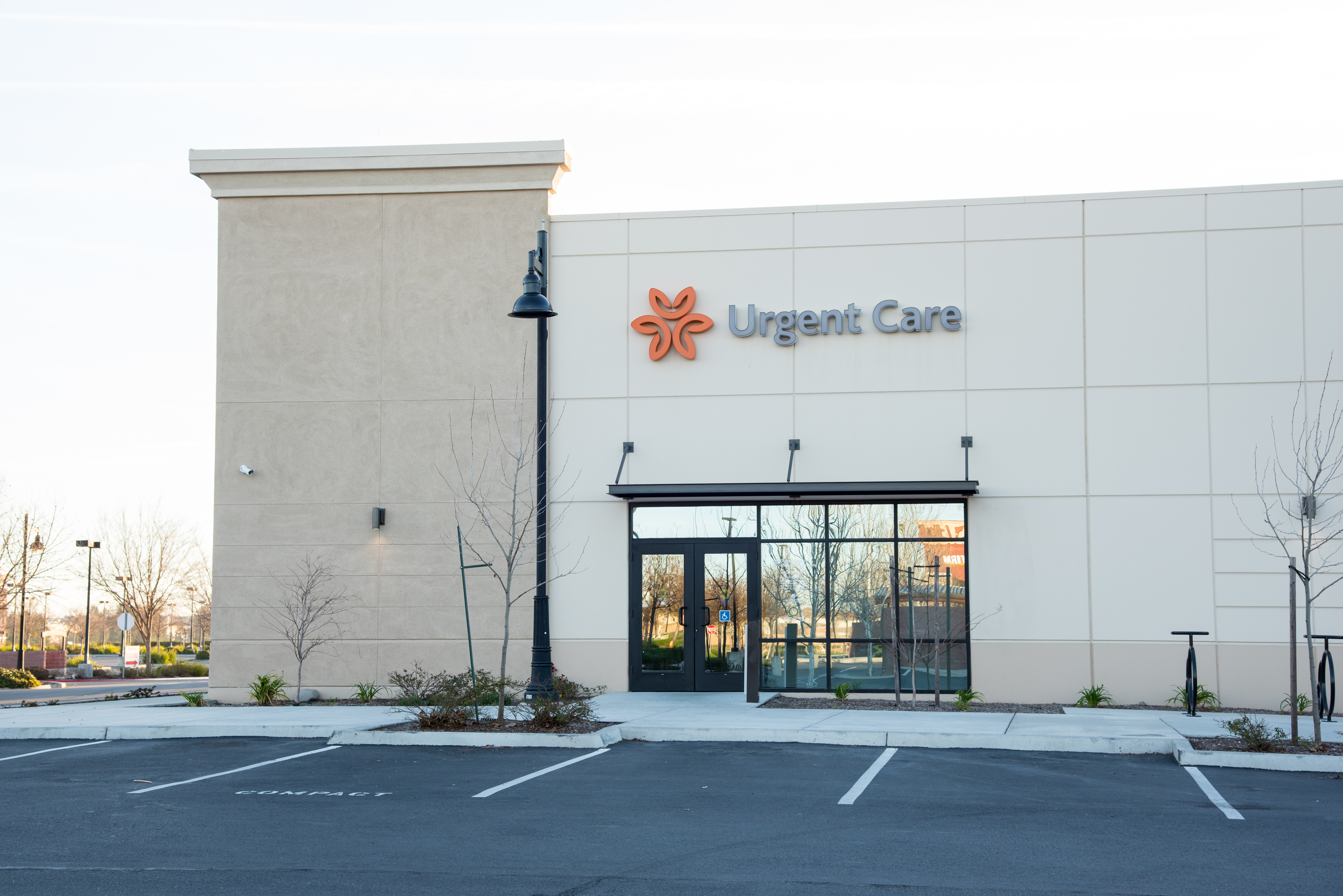What to Anticipate at a Leading Clinic Offering Urgent Care Services
Recognizing the Role of Urgent Treatment in Providing Timely Treatment for Non-Life-Threatening Problems
Immediate care centers have actually arised as an important component of the medical care landscape, resolving the immediate demands of individuals with non-life-threatening conditions. Understanding the subtleties of immediate treatment can considerably influence individual end results and the overall effectiveness of health care distribution.
What Is Urgent Treatment?
Immediate treatment describes a group of clinical services made to address non-life-threatening conditions that require immediate attention. These facilities function as an intermediary between main care medical professionals and emergency situation spaces, providing a convenient choice for clients that need prompt treatment without the comprehensive waiting times normally related to emergency situation divisions.
Immediate care centers are normally staffed by clinical professionals, consisting of physicians, registered nurse specialists, and doctor assistants, that are educated to detect and deal with a large array of conditions. Usual services given by these centers consist of treatment for minor injuries, illnesses, and infections, as well as diagnostic examinations such as X-rays and laboratory work.
Furthermore, immediate care facilities often approve walk-in patients, getting rid of the demand for consultations. Overall, urgent care plays an important role in the medical care system, guaranteeing individuals can access vital clinical solutions immediately and efficiently.

Numerous individuals might locate themselves unclear about when to seek treatment at an urgent treatment center rather of a key care doctor or an emergency clinic. Immediate care is designed to attend to non-life-threatening conditions that call for timely focus however are not serious sufficient to call for an emergency clinic go to.
Usually, one should consider urgent take care of issues such as small cracks, sprains, cuts needing stitches, or infections like urinary tract infections. Furthermore, cold or flu signs and symptoms, breakouts, and allergic responses can additionally be properly taken care of in this setup.
It is very important to keep in mind that urgent treatment is not appropriate for life-threatening emergencies, such as upper body pain, problem breathing, or extreme bleeding, which demand prompt emergency clinic intervention.
People who lack access to a medical care medical professional or can not safeguard a timely appointment might additionally take advantage of immediate treatment solutions. Eventually, recognizing when to make use of urgent care can cause much more reliable health care delivery, allowing people to get the appropriate degree of care based upon their specific health and wellness needs.
Benefits of Urgent Treatment Centers
Picking immediate treatment centers for non-life-threatening conditions provides several advantages that improve person experience and access. One main advantage is the decreased delay times compared to traditional emergency situation rooms. Urgent care centers normally operate a first-come, first-served basis, allowing individuals to receive prompt medical focus without the long hold-ups commonly connected with healthcare facility settings.
In addition, urgent treatment centers provide extended hours, consisting of weekend breaks and nights, suiting clients with differing schedules. This adaptability ensures that individuals can look for treatment when it is most hassle-free for them, additionally advertising prompt treatment.

In addition, these facilities commonly use a comprehensive series of services, including small procedures and analysis examinations, all under one roofing system. This debt consolidation of services not just improves the person experience yet likewise cultivates a much more cohesive technique to handling non-life-threatening health problems, ultimately profiting overall individual results.
Usual Conditions Treated
At immediate treatment facilities, a range of non-life-threatening problems can be efficiently treated, supplying people with timely and easily accessible clinical assistance. These facilities are particularly look at this web-site proficient at dealing with problems that call for punctual focus however do not position an instant danger to life or arm or leg.
Common conditions dealt with at urgent care facilities include small injuries such as cracks, stress, and strains. In addition, they handle ailments like colds, influenza, and infections, including urinary system tract infections and sinusitis. Skin disease, varying from breakouts to insect bites, are additionally often resolved. Urgent care facilities are outfitted to execute required diagnostic examinations, such as X-rays and lab examinations, enabling them to provide detailed treatment.
Additionally, urgent care companies can provide vaccinations, helping to avoid the spread of infectious diseases - Urgent Care. They likewise use services for small procedures, such as suturing wounds or draining abscesses. By supplying these diverse services, urgent treatment facilities play a crucial role in bridging the gap in between primary care and emergency situation solutions, making certain patients receive prompt therapy for a vast array of conditions without the requirement for long haul times typically related to emergency clinic
Exactly How Urgent Care Sustains Medical Care System
Immediate care facilities play a vital function in supporting the overall health care system by reducing the concern on emergency situation divisions and giving timely accessibility to healthcare for link non-life-threatening conditions. By dealing with instances such as minor injuries, infections, and diseases, immediate treatment facilities enable emergency situation departments to concentrate on even more important people requiring immediate interest.
Additionally, immediate treatment facilities improve health care access, providing prolonged hours and a much more hassle-free option to conventional primary treatment settings. This ease of access is especially beneficial for patients who may not have a regular doctor or that need prompt treatment outside of normal office hours. Consequently, immediate care centers properly decrease wait times and improve person satisfaction.
Additionally, urgent treatment facilities contribute to cost savings for both individuals and the health care system by giving lower-cost solutions contrasted to emergency situation divisions. This monetary performance is important in an era of rising healthcare prices, allowing people to get essential treatment without sustaining inflated expenses.
Conclusion
In verdict, immediate care facilities play an essential duty in the health care system by delivering punctual therapy for non-life-threatening problems. By bridging the gap between health care and emergency clinic, these centers ensure that clients get timely medical attention without the lengthy delay times commonly connected with emergency situation departments. The availability and performance of urgent care centers add considerably to easing the overall concern on healthcare sources, improving individual end results, and promoting an extra efficient healthcare distribution system.
Urgent treatment facilities have emerged as a vital part of the health care landscape, resolving the instant requirements of patients with non-life-threatening problems. Immediate treatment sees usually incur lower out-of-pocket expenses compared to emergency department brows through, making care more budget friendly for patients without compromising top quality. Urgent care centers are geared up to perform needed analysis tests, such as X-rays and research laboratory examinations, allowing them to supply extensive treatment.
By using these varied solutions, immediate care centers play a crucial duty in linking the void between main treatment and emergency situation solutions, ensuring individuals obtain prompt treatment for a large range of conditions without the demand for long delay times commonly associated with emergency spaces.
Furthermore, immediate care centers boost healthcare ease of access, offering extended hours and a much more convenient choice to traditional primary care setups.